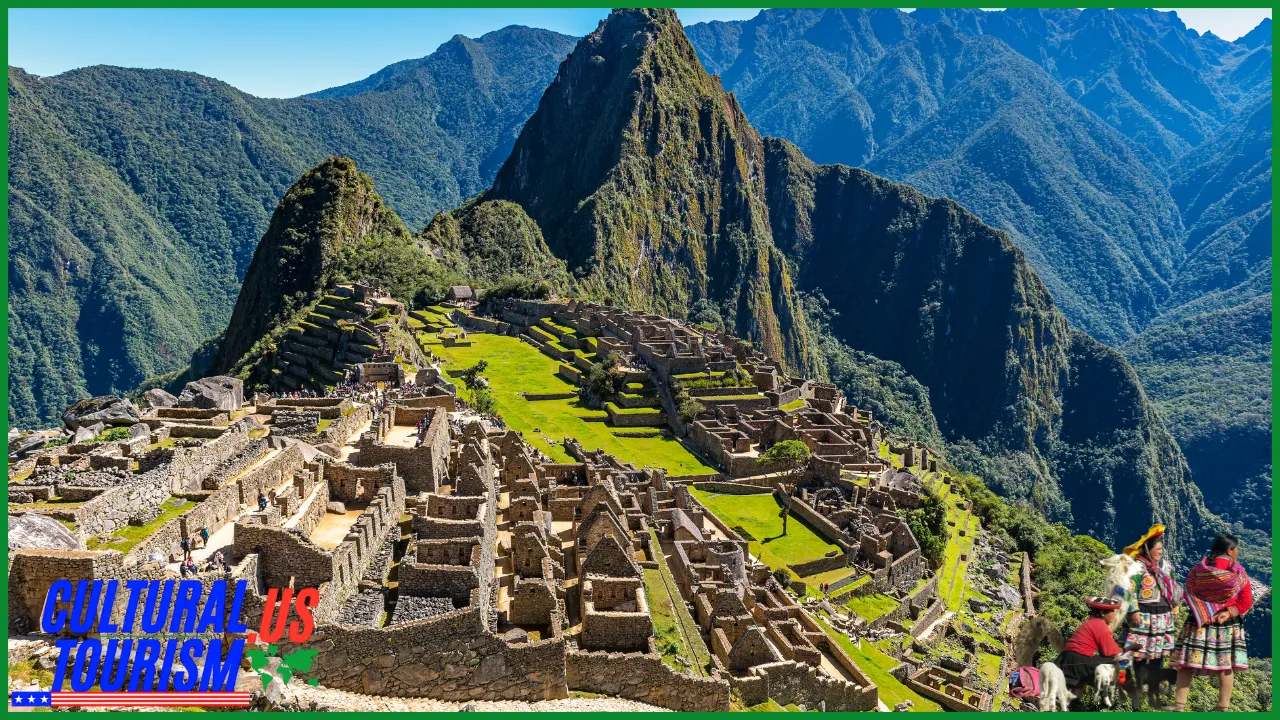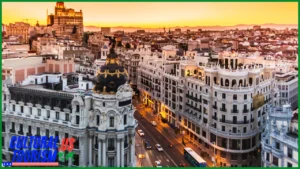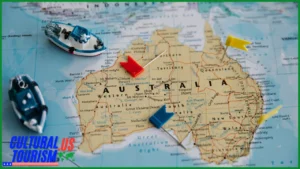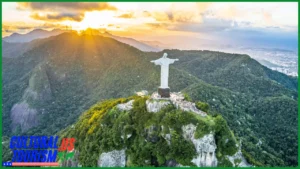Exploring Lake Titicaca: The Crown Jewel of the Andes
Well, if you’re reading this, it’s because you already know that visiting Lake Titicaca is way more important than just adding another checkbox to your bucket list. Seriously, this lake is not only the highest navigable lake in the world, but it’s also a vibrant tapestry of culture, stunning landscapes, and a little sprinkle of ancient magic. So grab your virtual passport, and let’s dive in!
What Makes Lake Titicaca So Special?
Lake Titicaca is perched at an impressive altitude of 12,507 feet (3,812 meters) above sea level. It sits on the border of Peru and Bolivia and spans roughly 3,200 square miles, making it the largest lake in South America. But what really sets it apart are the unique communities that call it home and the stunning beauty that surrounds it. Let’s break it down.
Culture and Traditions
This lake isn’t just a pretty face; it’s steeped in folklore and history. The locals, including the Uros, Quechua, and Aymara people, have a rich heritage that’s just waiting to be explored. They live in traditional floating islands made of totora reeds, a sight that will definitely make your Instagram followers green with envy.
- Uros Islands: These floating islands are literally made of the reeds that grow in the lake. Imagine living on a giant waterbed! The locals are known for their incredible craftsmanship and will often invite visitors to experience their way of life.
- Amantani Island: Known for its warm hospitality, you can spend the night with a local family, experiencing traditional customs that have remained unchanged for centuries.
- Taquile Island: Famous for its handwoven textiles, where the men knit and the women weave—a refreshing change from your usual knitting circles!
Getting There
Flying into either La Paz (Bolivia) or Cusco (Peru) is your best bet. From there, hop on a bus or join a tour that will have you cruising through the Andes before you know it. Most travelers opt for a quick stop in Puno, Peru, a lively city that serves as a jumping-off point for lake explorations.
| Transport | Duration | Cost (Approx.) |
|---|---|---|
| Bus from Cusco to Puno | 6-7 hours | $25 |
| Bus from La Paz to Copacabana | 3-4 hours | $15 |
| Boat to Uros Islands | 30 minutes | $5 |
What to Do at Lake Titicaca
Now that you’re all jazzed up about getting there, let’s chat about what to do once you arrive!
1. Cruise the Lake
Hop on a boat and explore the islands; it’s the best way to soak in the stunning vistas. You might even spot a few friendly llamas along the shoreline—because who doesn’t love a good llama selfie?
2. Try Local Delicacies
Don’t leave without tasting some of the local cuisine. Be sure to try:
- Quinoa Soup: Delicious, filling, and packed with nutrients—just what you need after a day of adventuring!
- Trucha (Trout): Fresh from the lake, this fish is a must. Just make sure you don’t get hooked by its charming presentation!
- Chicha: A traditional drink made from fermented corn, perfect for washing down your meals and loosening up those dancing feet!
3. Stargazing
At over 12,000 feet above sea level, the night sky is simply magical. Bring a jacket and some hot cocoa, and enjoy a night under the stars—just try not to spill it on your neighbor while you’re star-gazing!
Extra Tips and Tricks
If you’re feeling a little altitude sickness creeping in, drink plenty of water and take it easy. A little coca tea doesn’t hurt either! And don’t forget, the sun can be mighty strong at these heights, so slap on that sunscreen like it’s going out of style. Trust me, your future self will thank you.
If you want to take your adventure up a notch, join a community volunteer program. Not only will you soak up more culture, but you’ll also make meaningful connections with locals. And who knows? You might just end up dancing the night away at a traditional festival!
In Closing
Lake Titicaca is more than just a stunning landscape; it’s a doorway into a vibrant world of culture and tradition. Whether you’re floating on the lake, trying local cuisine, or simply soaking in the breathtaking views, you’re sure to leave with memories that will last a lifetime. If this article sparked your interest, share it with your fellow travel buddies and start planning your adventure. Happy travels, amigo!
Practical Tips for Your Adventure to Lake Titicaca
Currency
When you’re traveling between Peru and Bolivia, make sure to have both soles and bolivianos in your wallet! While soles (PEN) is used in Peru, bolivianos (BOB) rules the roost in Bolivia. Not all places will accept both, and trust me, a shop keeper’s glare when you pull out the wrong currency can make you second guess your life choices.
Time Zone ⏰
Lake Titicaca operates on Bolivia Time (UTC-4) which means you get an extra hour of daylight for those epic llama selfies! Peru also shares the same time zone, so you can skip the confusion—let’s keep it simple!
Weather ️
The weather here can be as moody as a teenager—bright and sunny in the day, and freezing at night. Pack layers! During the day, expect temperatures between 15-20°C (59-68°F), but come nighttime, it can drop to around 0°C (32°F). Think of it as a daytime beach party and a chilly mountain gala all in one day.
Transportation Tips
Getting around can be an adventure in itself! Buses are the go-to, but be ready for a thrill ride. Comfortable seats are optional, but hey, what’s a little adventure without a bit of discomfort?
| Route | Recommended Transport | Notes |
|---|---|---|
| Cusco to Puno | Tourist Bus | With snacks and breathtaking views—what’s not to love? |
| Copacabana to Isla del Sol | Boat | Fast, scenic, and you might just get a sprinkle of lake spray on your face! |
Language ️
While Spanish is the main language, you’ll also hear Quechua and Aymara. Brush up on a few local phrases; it’ll earn you some respect and maybe even a free drink! Just don’t try to start a karaoke session in Aymara unless you’re feeling really confident.
Safety Tips ️
As with all travel, keep an eye on your belongings, especially in bus stations and crowded markets. Don’t flash your fancy gadgets around like you’re in a music video—remember, you’re here for the llamas, not a new watch!
Local Etiquette
When visiting local communities, it’s polite to ask before taking photos of people. They appreciate it, and you might just make a new friend—or get an interesting backstory to post on social media!





